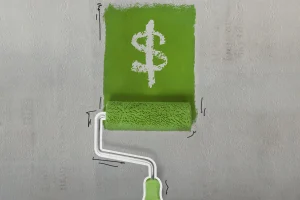
Credit supply shocks can impact economic activity in a variety of ways. These shocks may be caused by changes in the supply of credit in a particular area, or they may be caused by a change in financial regulation. A credit supply shock can be a positive or negative factor, depending on which factor it is.
There are two kinds of credit supply shocks: regional supply shocks and bank-specific demand shocks. Generally, neither type of shock can affect the equilibrium growth of lending, as the equilibrium growth rate of credit will be driven by demand shocks. Only if there are lender-specific financing frictions, do these shocks matter?
Small and medium-sized enterprises (SMEs) tend to experience more adverse credit supply shocks than larger firms. The reason is that small firms account for a larger share of the total workforce and face more credit constraints. As a result, adverse credit supply shocks can have more significant effects on the employment of SMEs.
The net percentage refers to the difference between the percentages of banks that tighten their credit standards and those that loosen their standards. The net percentage is important for economists because it allows us to see how the changes in credit supply affect the economy in a particular area. It’s a great way to track the progress of the economy and identify the most significant changes.
There are a number of ways to measure the impact of credit supply shocks on SMEs. First, there’s the sample size. Using data collected from the financial sector, we can identify the size of the sample, how many loans are offered to SMEs, and whether seasonal fluctuations affect loan demand.








